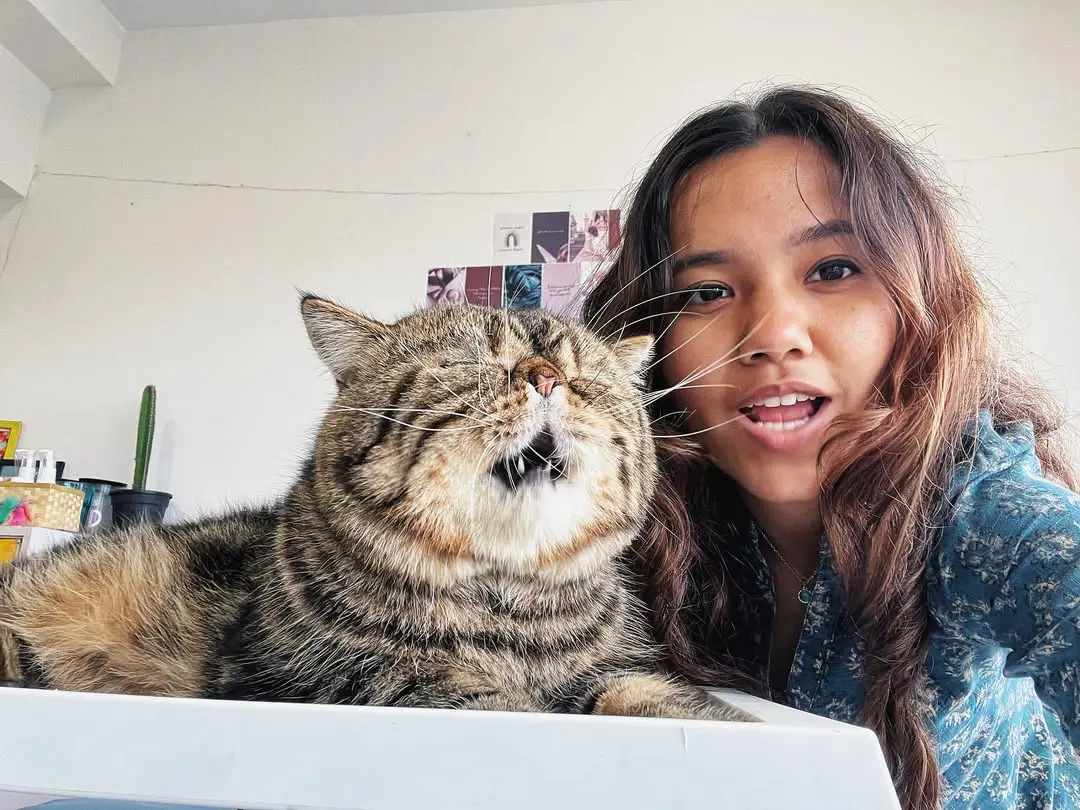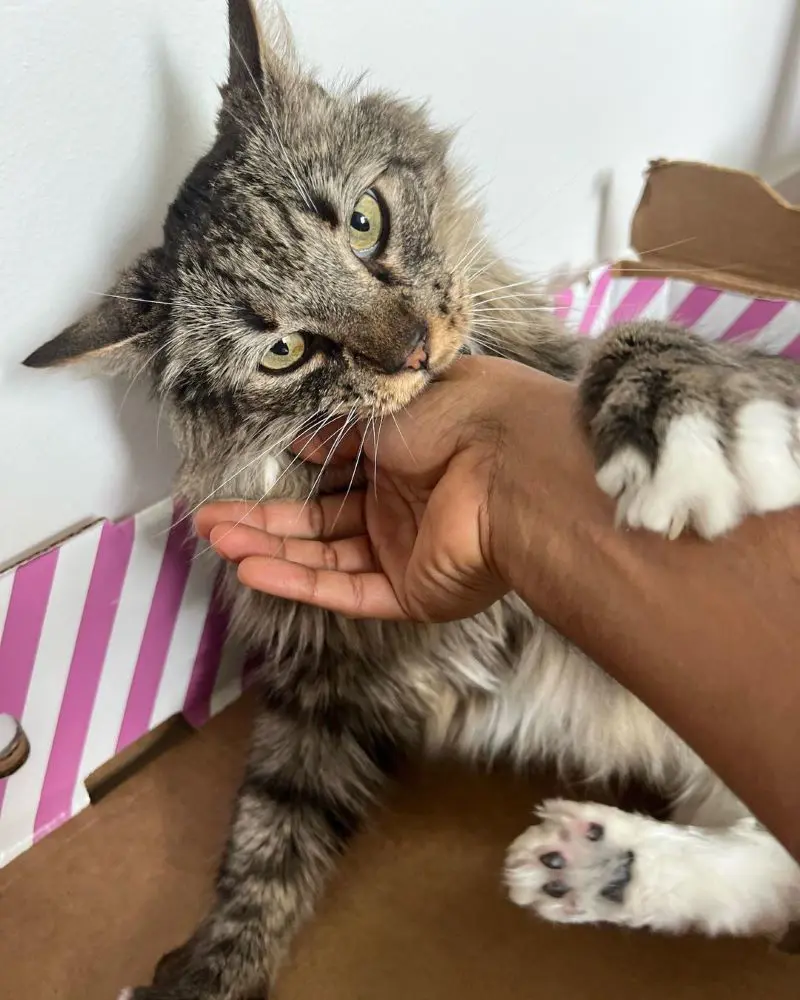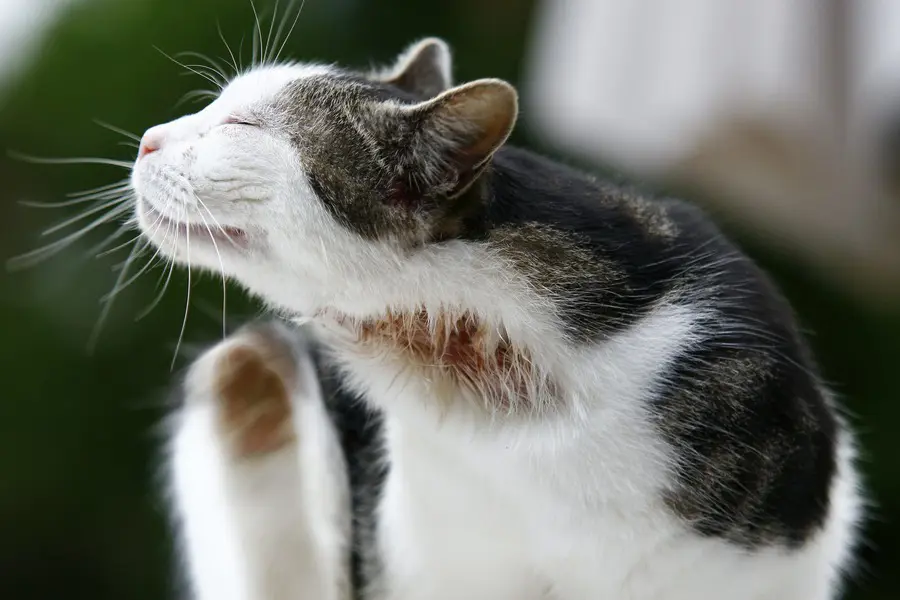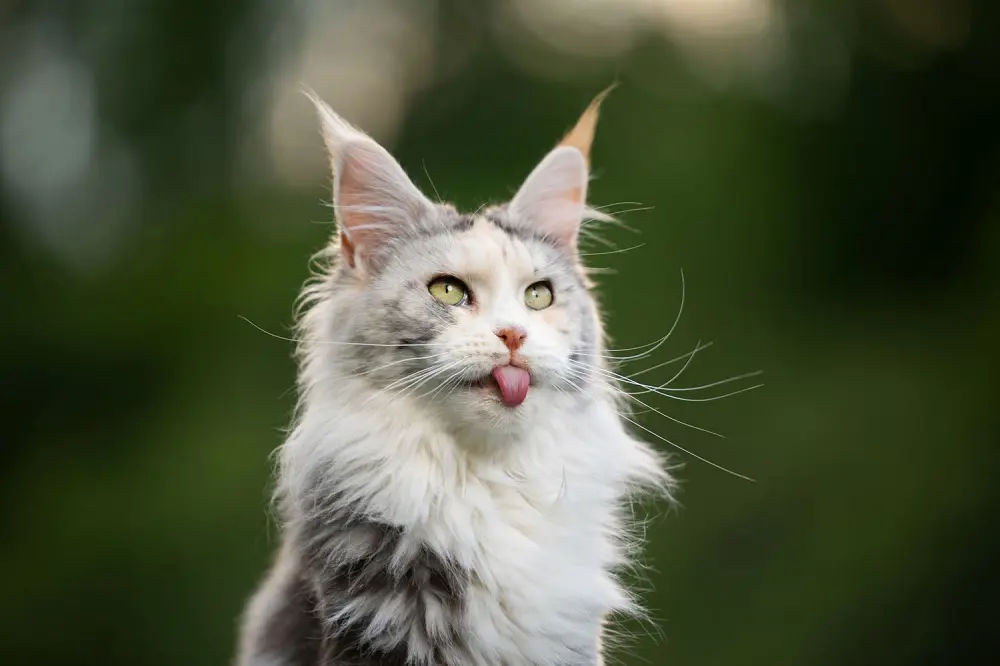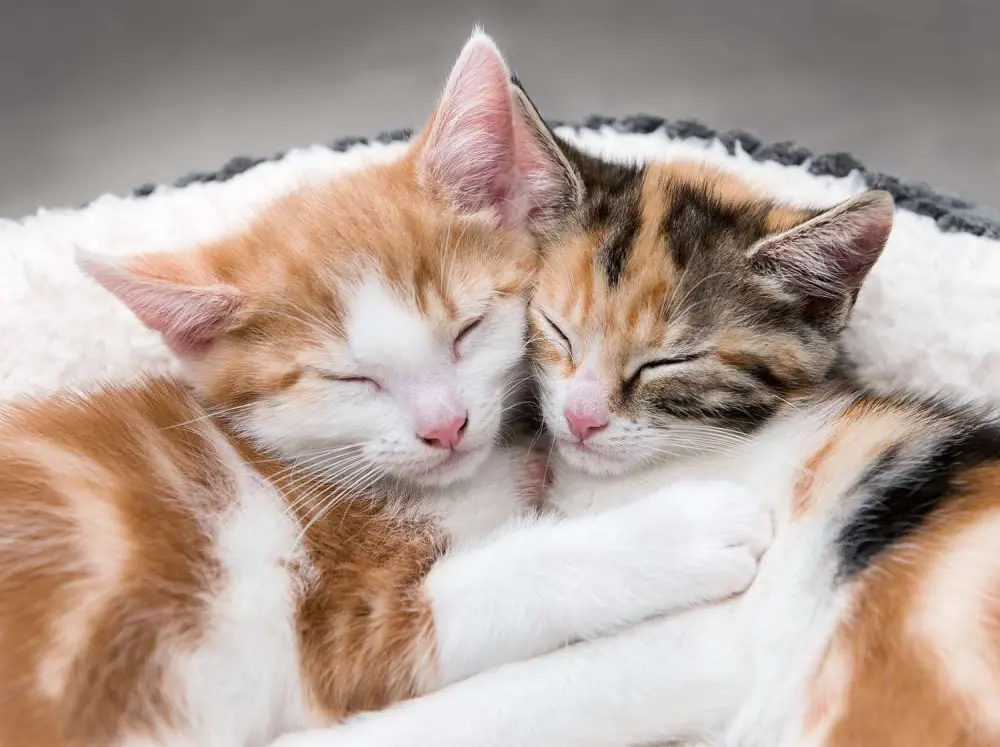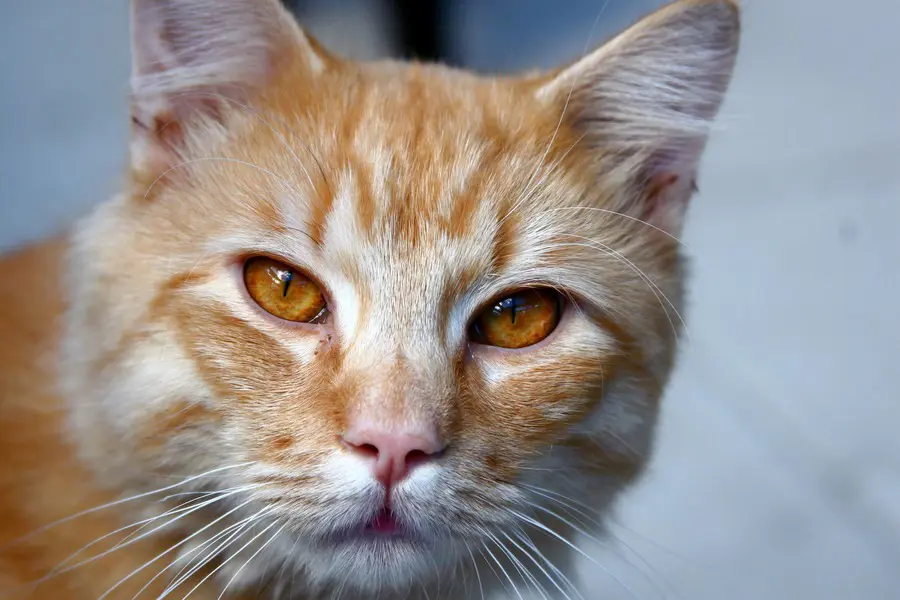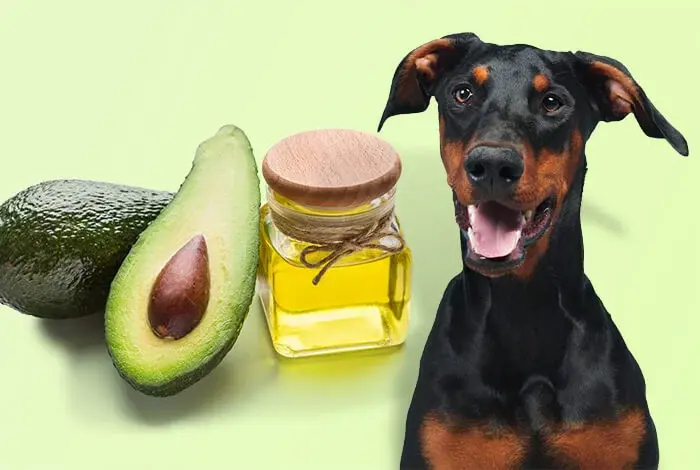15 Reasons Your Cat Is Yowling
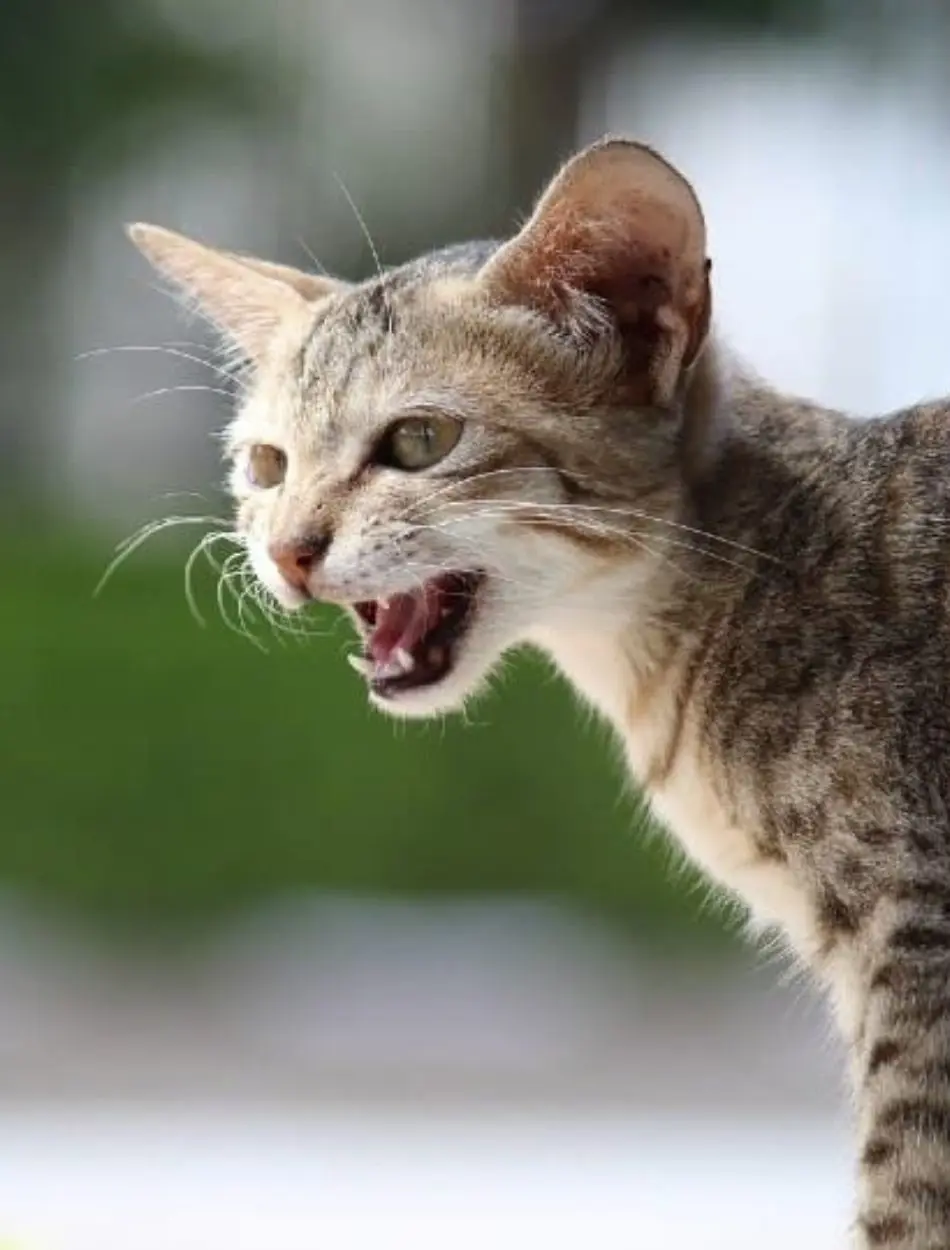
Cats are charming creatures, full of thrill and nuance, and one of their most bewildering behaviors is yowling. Unlike meowing, which typically denotes a greeting or an easy request, a yowl regularly indicates something deeper.
Here are 15 reasons your cat may be yowling, each explored in detail with beneficial recommendations on how to cope with the behavior.
1. Hunger or Thirst
Cats are known to be vocal when their basic needs are unmet, and hunger or thirst is one of the most common triggers for yowling. Your cat may resort to persistent yowling if mealtime is overdue or their water bowl is empty.
In multi-cat households, competition for resources can exacerbate this vocal demand, leading to frequent cries until their need is satisfied. Addressing this is often straightforward: maintain a feeding schedule and always ensure that fresh water is available.
2. Seeking Attention
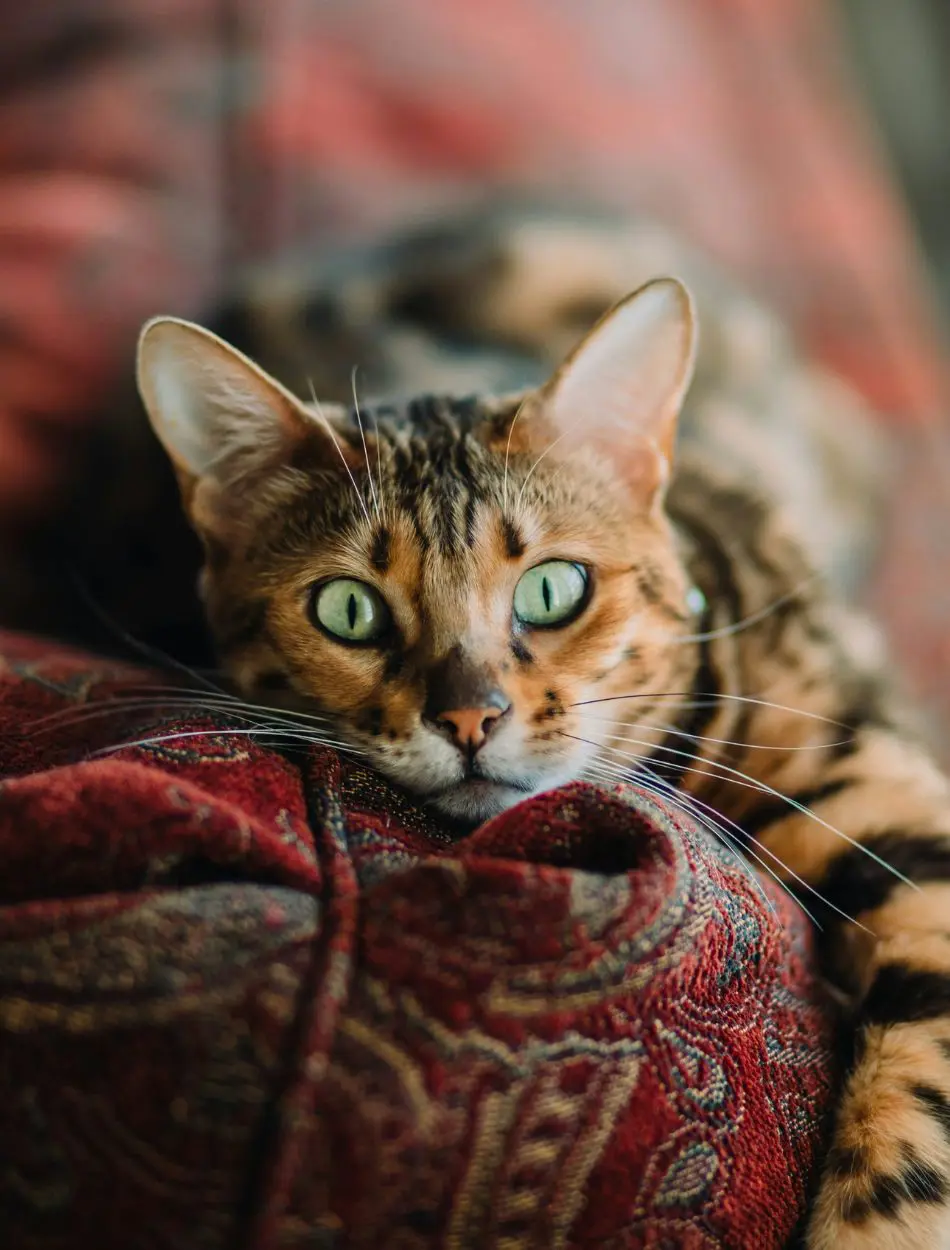
Cats yowl for necessities and to garner their owner's attention. A yowl in this case can indicate a longing for affection, play, or mental stimulation. Indoor cats, in particular, may experience boredom or loneliness if left alone for extended periods, and vocalizing becomes their way of asking for interaction.
Petting or talking to your cat can provide the social interaction they crave. Remember, however, to avoid reinforcing negative behavior; try not to respond immediately if your cat yowls excessively. Instead, reward your cat with attention when they are calm and quiet.
3. Environmental Changes
Moving into a new house, bringing in new furniture, and even remodeling can be stressful for them. It can also be a reaction to sudden changes such as having a pet or someone else in the home. Cats rely heavily on familiar surroundings and routines, so changes can feel difficult.
Make adjustments gradually where possible to help your cat adjust. Introduce new objects or pets gradually, and allow your cat to explore at their own pace. Providing comforting items such as a blanket or favorite toy can also help them feel more secure.
If your cat continues to show signs of stress, consider using a pheromone diffuser or consulting with a veterinarian for other options.
4. Medical Issues
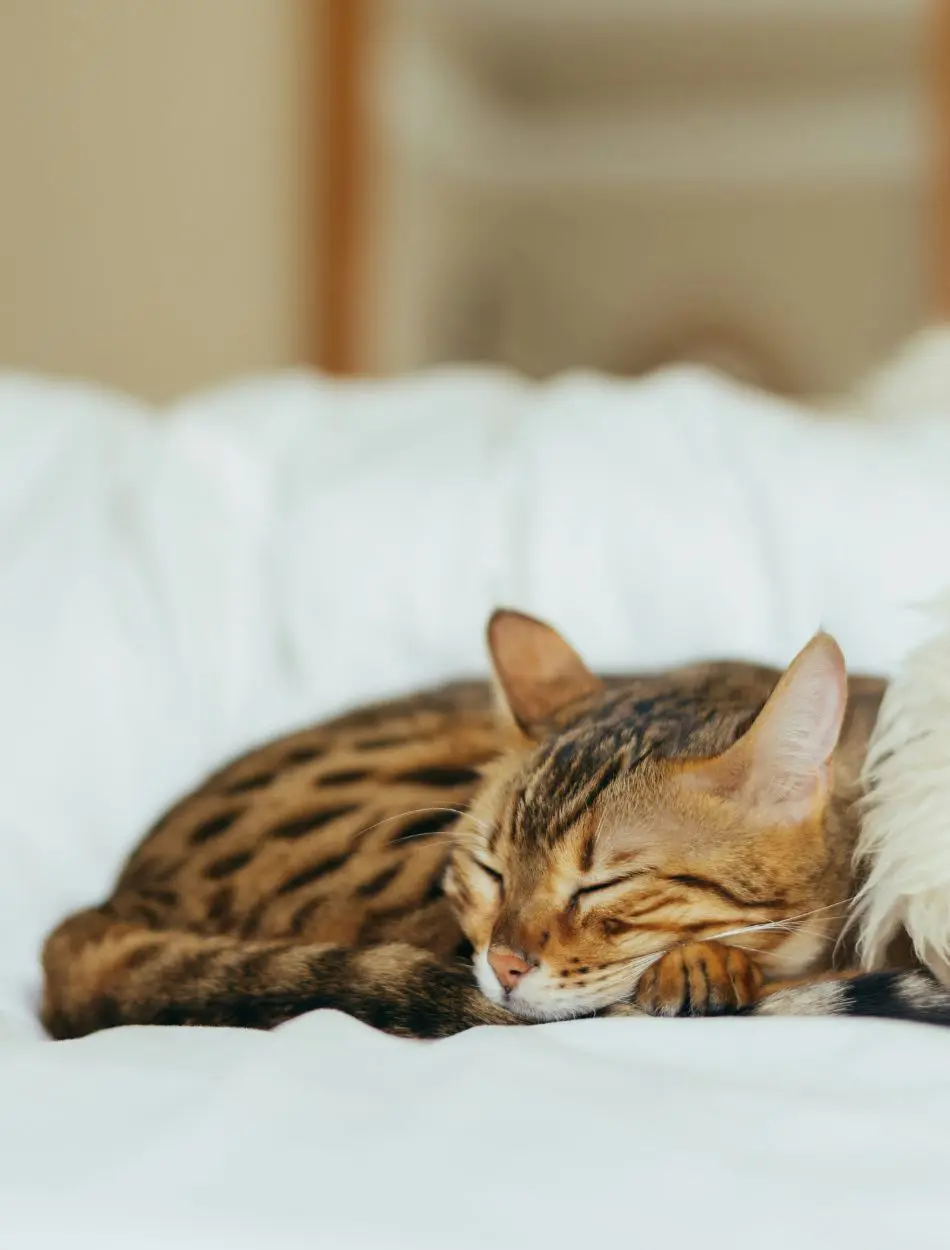
Common health issues that can cause yowling encompass arthritis, urinary tract infections, hyperthyroidism, or dental aches. If you notice any issues in your cat’s conduct along with yowling like reduced urge for food, lethargy, or uncommon muddle box conduct it’s vital to agenda a vet visit.
Even subtle signs may warrant interest, as cats frequently cover pain nicely. Diagnosing and treating the problem right away can prevent the situation from worsening and relieve your cat’s misery.
5. Cognitive Dysfunction in Older Cats
As cats age, they may develop cognitive disorder syndrome (CDS), much like dementia in human beings. Cats with CDS often exhibit improved vocalization, especially at night, accompanied by way of disorientation or altered sleep styles.
This circumstance can be puzzling for both the cat and the owner, as familiar routines and gadgets all at once come to be unexpected or distressing to the senior cat.
Management of cognitive dysfunction includes maintaining a steady environment and presenting mental stimulation through interactive toys or puzzle feeders. In some instances, your veterinarian may additionally prescribe medications to lessen tension and improve the pleasantness of existence.
6. Hormonal Drives
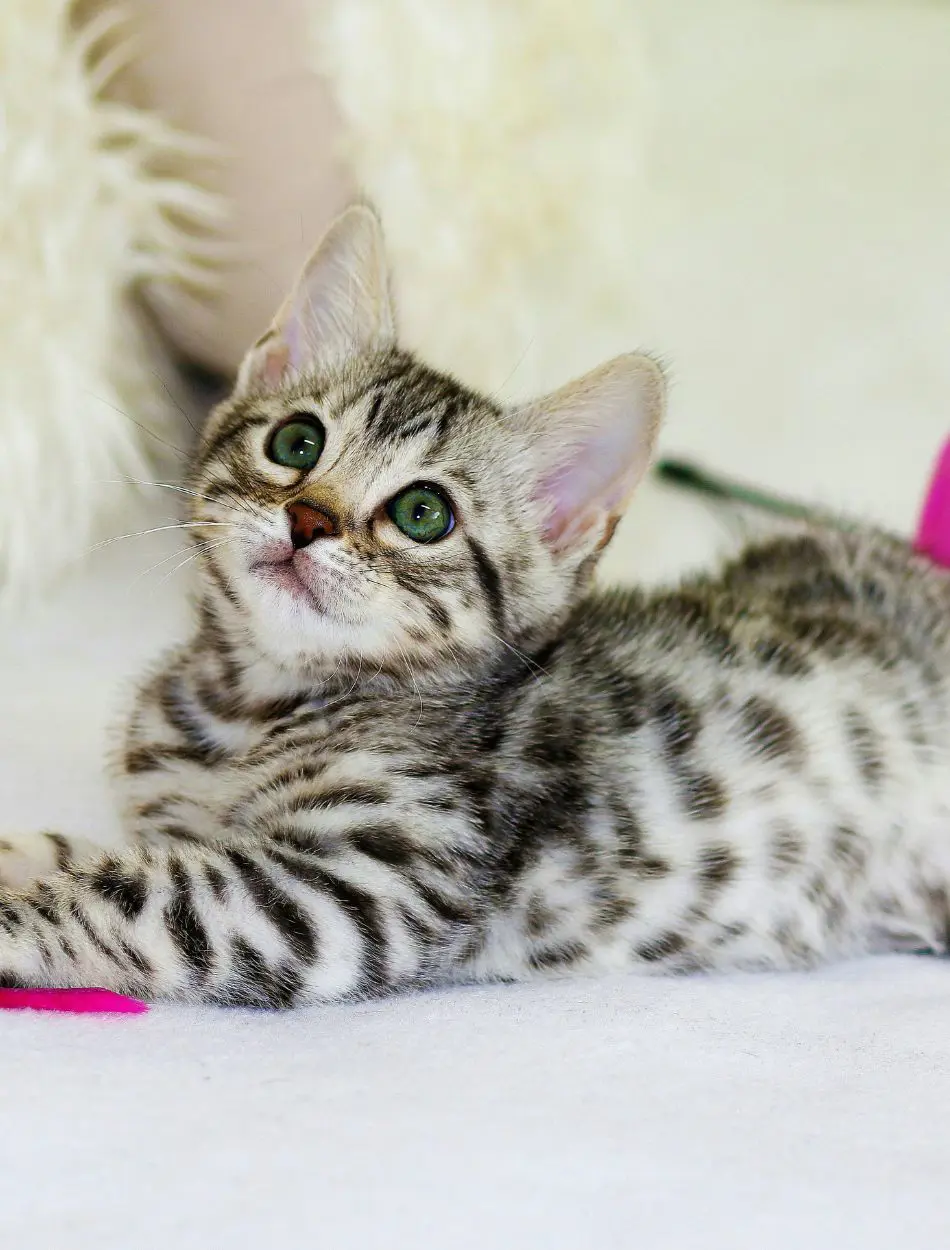
Unspayed or unneutered cats are at risk of yowling as a mating call. Female cats in warmth are tremendously vocal in attracting male cats, and this conduct can last for numerous days. Male cats, then again, yowl in response to the presence of a lady or to mark their territory.
The most effective way to manage mating-related yowling is to have your cat spayed or neutered. If surgery isn't always an option, maintaining your cat indoors and away from other cats can help lessen their distress and vocalizations.
7. Territorial Behavior
This behavior is common in multi-cat families or when there are stray cats outdoors. Your cat may also yowl at a window or door whilst recognizing every other pussycat or even at human beings who appear to intervene in their perceived domain.
Blocking the view of outside cats or the use of deterrents to keep community cats far from your yard can also reduce this conduct. For more chronic instances, a vet or behaviorist can provide additional support and endorse techniques like desensitization.
8. Separation Anxiety
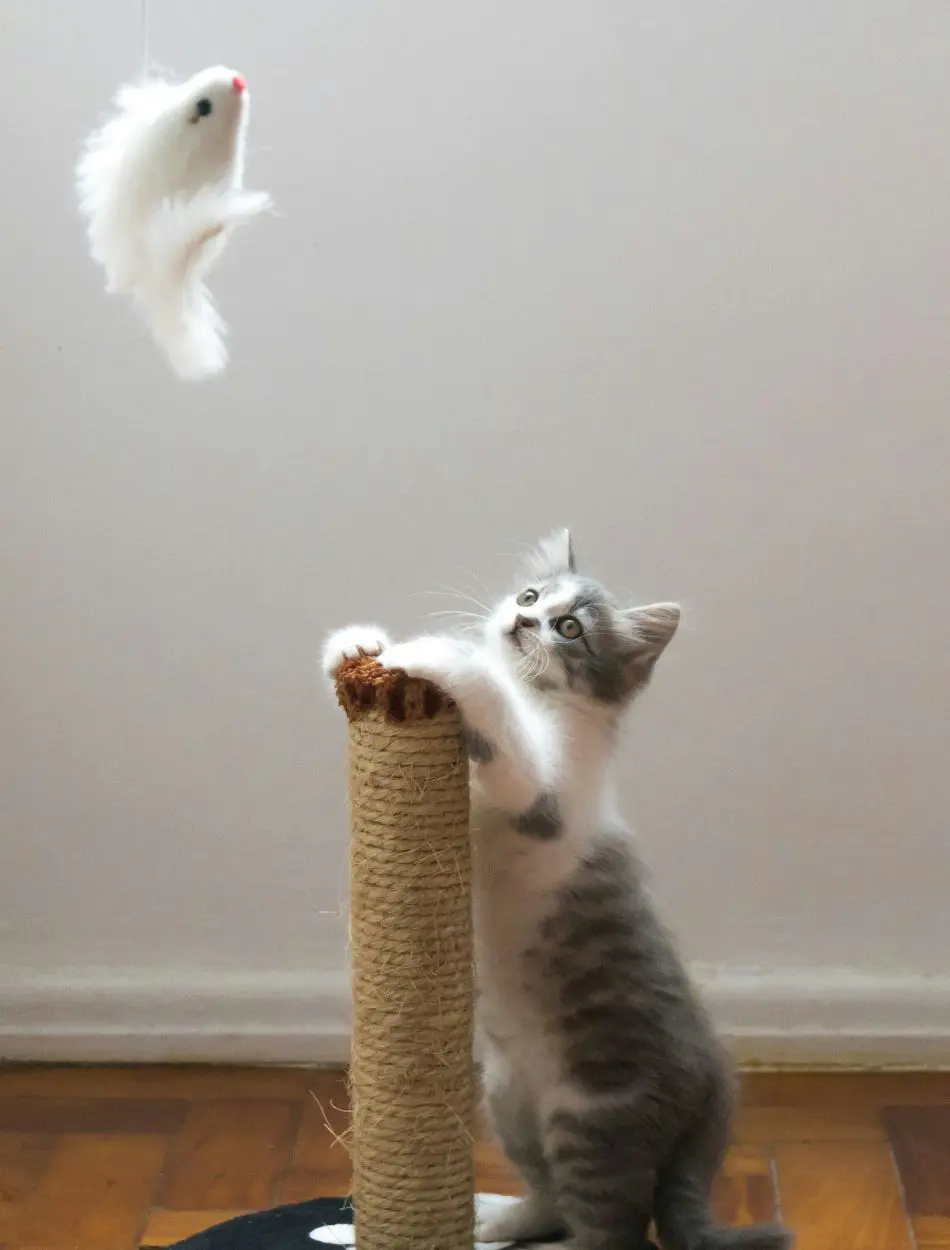
Cats can revel in loneliness or separation anxiety, specifically if they are familiar with having their owners around. Yowling can occur when the cat is left by itself for prolonged durations or when their preferred human leaves the room.
To alleviate this, try leaving some comforting background noise, like a gentle track or a TV on low volume, to make the house feel less empty. Interactive feeders and puzzle toys can also help keep your cat entertained.
9. Pain
Cats in pain may not always show visible symptoms, but yowling is a significant indicator of physical distress. Injuries, arthritis, or internal issues can cause your cat to yowl intermittently or continuously.
Monitor your cat for additional signs, like limping, changes in appetite, or altered grooming habits. If you suspect discomfort, consult your veterinarian for a comprehensive examination.
10. Nighttime Restlessness
Cats are nocturnal, however immoderate yowling at night may be disruptive and concerning. Nighttime yowling can be due to boredom, the preference to hunt, or confusion, especially in older cats with cognitive decline.
To address nighttime yowling, make certain your cat receives lots of playtime throughout the day to tire them out. Feeding your cat a hearty meal at nighttime might also help them sleep higher via the nighttime.
If your older cat yowls at night, providing a night light or a comforting habit may additionally ease their anxiety or confusion.
11. Overstimulation
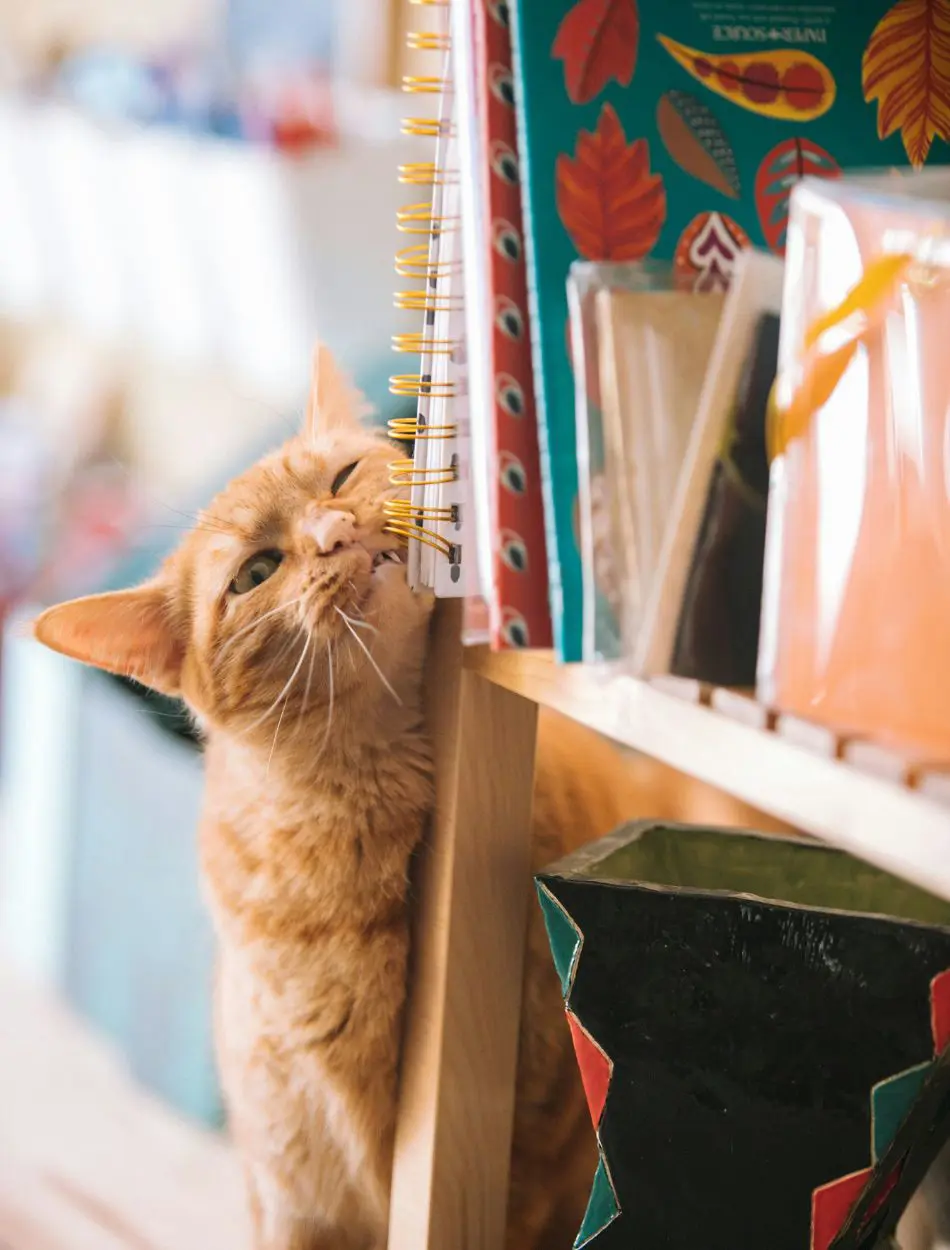
Sometimes, an excessive amount of petting or handling can overstimulate a cat, leading to an unexpected yowl. Cats have various tolerance stages for physical interaction, and what appears first-rate at one moment can become overwhelming.
If your cat yowls all through petting, take it as a sign that they want a ruin. Give your cat an area to chill out in before coming near them once more. Observing and respecting your cat's obstacles can foster a greater fine interplay and reduce overstimulated yowling episodes.
12. Curiosity
Cats are curious creatures, and yowling can now and again be a reaction to something they find exciting. This may be a brand-new sound, sight, or odor, particularly if it originates from out of doors.
You can help manage this conduct by way of offering amusement options like a window perch or interactive toys. Keeping curtains drawn or the use of frosted window films can restrict external stimuli that may be inflicting distress. If your cat's yowling at outside triggers, enriching their indoor surroundings with more enticing options could possibly assist.
13. Anxiety
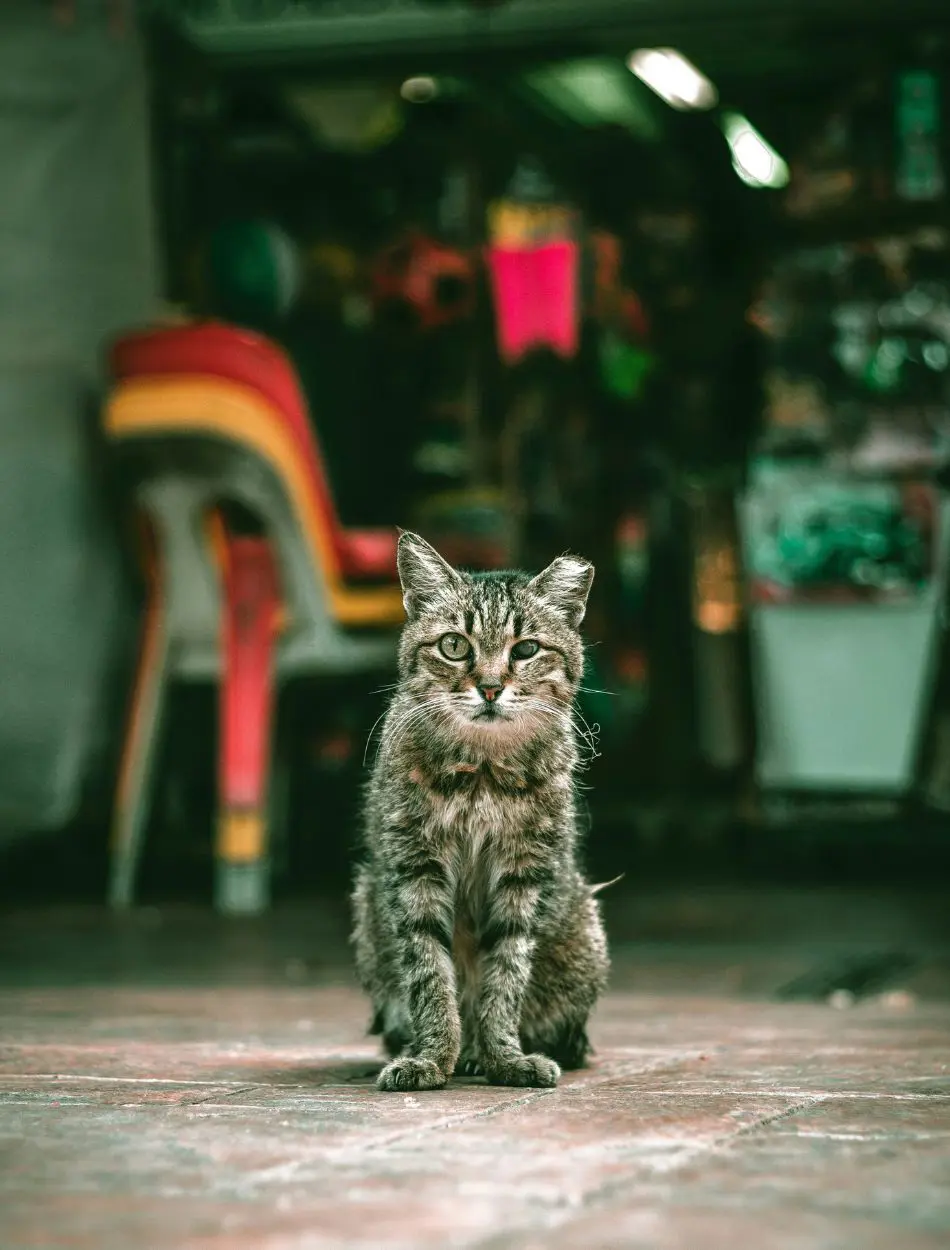
Sudden yowling can be your cat’s response to fear or anxiety. Your cat can also cover up, hiss, or vocalize loudly when feeling threatened.
To help your cat sense stability, offer hiding places or secure zones wherein they can retreat. Pheromone sprays or diffusers can assist in creating a chilled environment. If anxiety becomes intense, a veterinarian or behaviorist can guide you on behavior change techniques or medication options.
14. Need for Play
Cats are active animals, and without adequate mental and physical stimulation, they may resort to yowling out of sheer boredom. A lack of playtime or an unstimulating environment can lead to pent-up energy, which manifests through vocalizations. This is especially true for younger or high-energy breeds.
Interactive play sessions using laser pointers, feather wands, or treat-dispensing toys can help channel your cat's energy.
15. Desire to Go Outdoors
Indoor cats may yowl at doors or windows, expressing a desire to explore the outside world. This behavior is common among cats who have previously experienced outdoor life or who see enticing stimuli, like birds or squirrels, from the window.
The frustration of being confined indoors can lead to frequent and loud vocalizations.
Top Lists
